TOGO PAVILION
Italy, Venice
completed
This exhibition explores the rich architectural narratives of Togo, from early 20th-century structures to modernist experiments, emphasizing themes of conservation and transformation. Studio NEiDA’s in-depth documentation highlights the dialogue between traditional building techniques and modernist architecture, offering a comprehensive understanding of Togo’s diverse architectural landscape.
The project investigates forms and materials across West Africa, from ancient Nôk cave dwellings to traditional construction methods, including the distinctive Afro-Brazilian architecture of the Tamberma region in northern Togo, created by freed slaves returning from Brazil in the 1800s and early 1900s. The exhibition also features prominent modernist structures that emerged after independence, some still serving their original functions, such as Hotel Sarakawa, Hedzranawoe Market, ECOWAS, and BOAD banks.
Additionally, the pavilion showcases architectural relics in varying states of preservation: some in disrepair, like Hotel de la Paix and Bourse du Travail, and others restored, including Hotel 2 Février and the Palais des Congrès, currently undergoing renovation.
Sonia Lawson expressed her enthusiasm for the project, emphasizing that Togo’s diverse architectural heritage—from ancient clay constructions to innovative modernist designs—serves as a significant source of inspiration for future architecture that is contextual and climate-responsive. The pavilion aims to foster global dialogue on the preservation and future development of West African architectural heritage, highlighting Togo’s unique built legacy.
Organized by the Ministry of Digital Economy and Digital Transformation of Togo, the pavilion seeks to present Togo’s rich architectural history to an international audience while encouraging conversations about cultural identity, environmental sustainability, and architectural innovation.
The project investigates forms and materials across West Africa, from ancient Nôk cave dwellings to traditional construction methods, including the distinctive Afro-Brazilian architecture of the Tamberma region in northern Togo, created by freed slaves returning from Brazil in the 1800s and early 1900s. The exhibition also features prominent modernist structures that emerged after independence, some still serving their original functions, such as Hotel Sarakawa, Hedzranawoe Market, ECOWAS, and BOAD banks.
Additionally, the pavilion showcases architectural relics in varying states of preservation: some in disrepair, like Hotel de la Paix and Bourse du Travail, and others restored, including Hotel 2 Février and the Palais des Congrès, currently undergoing renovation.
Sonia Lawson expressed her enthusiasm for the project, emphasizing that Togo’s diverse architectural heritage—from ancient clay constructions to innovative modernist designs—serves as a significant source of inspiration for future architecture that is contextual and climate-responsive. The pavilion aims to foster global dialogue on the preservation and future development of West African architectural heritage, highlighting Togo’s unique built legacy.
Organized by the Ministry of Digital Economy and Digital Transformation of Togo, the pavilion seeks to present Togo’s rich architectural history to an international audience while encouraging conversations about cultural identity, environmental sustainability, and architectural innovation.

©
Matteo Losurdo
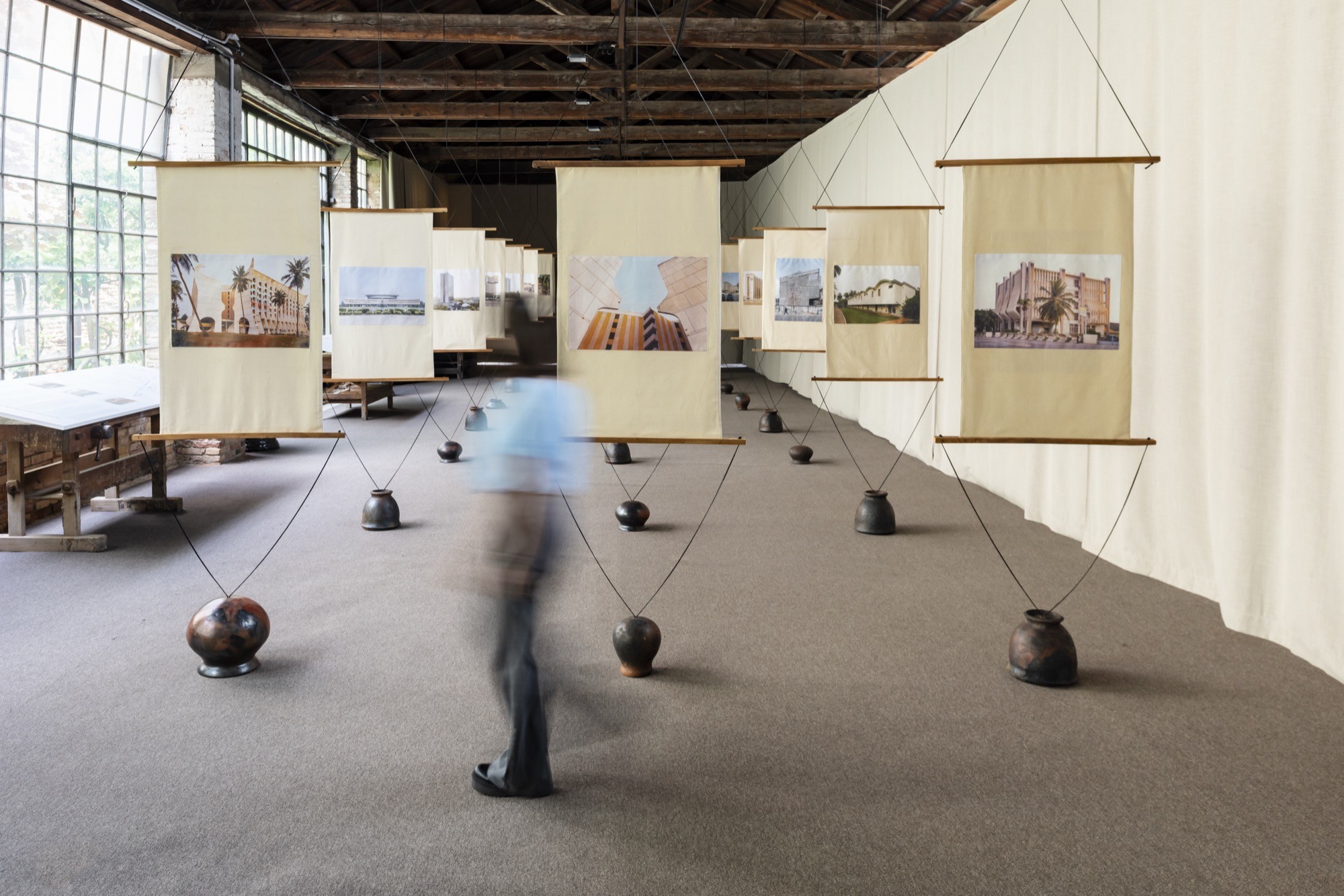
©
Matteo Losurdo
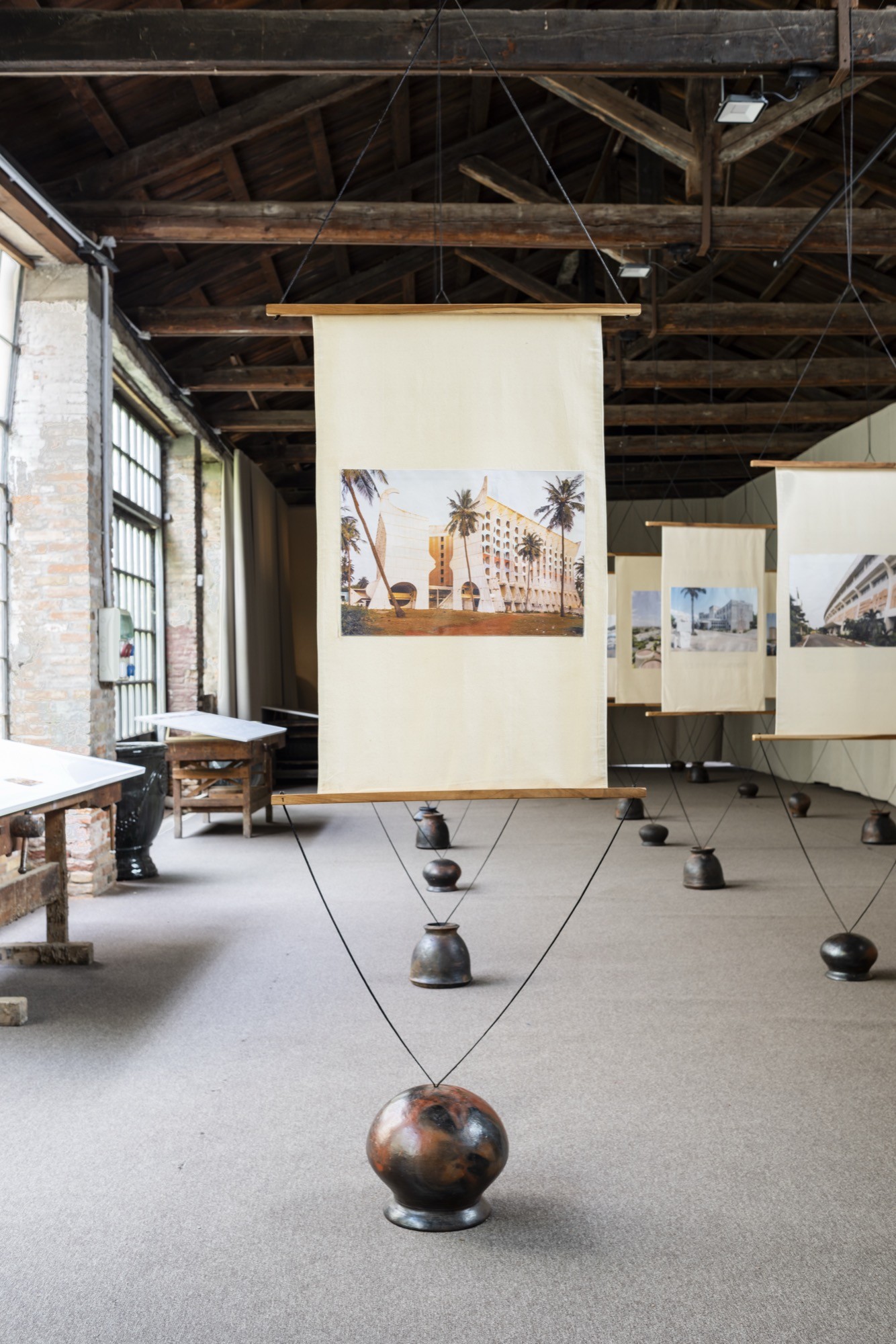
©
Matteo Losurdo

©
Matteo Losurdo
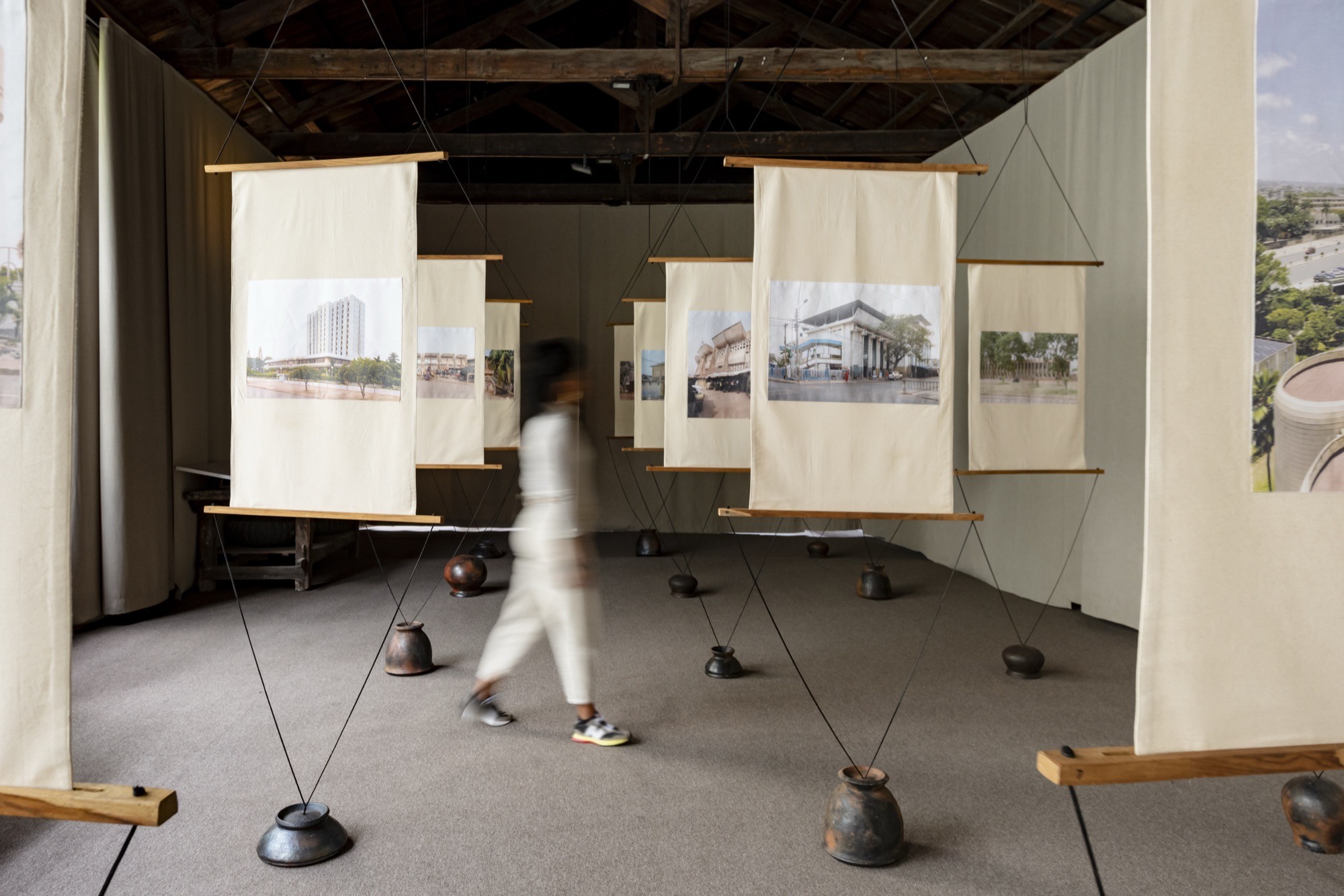
©
Matteo Losurdo

©
Matteo Losurdo
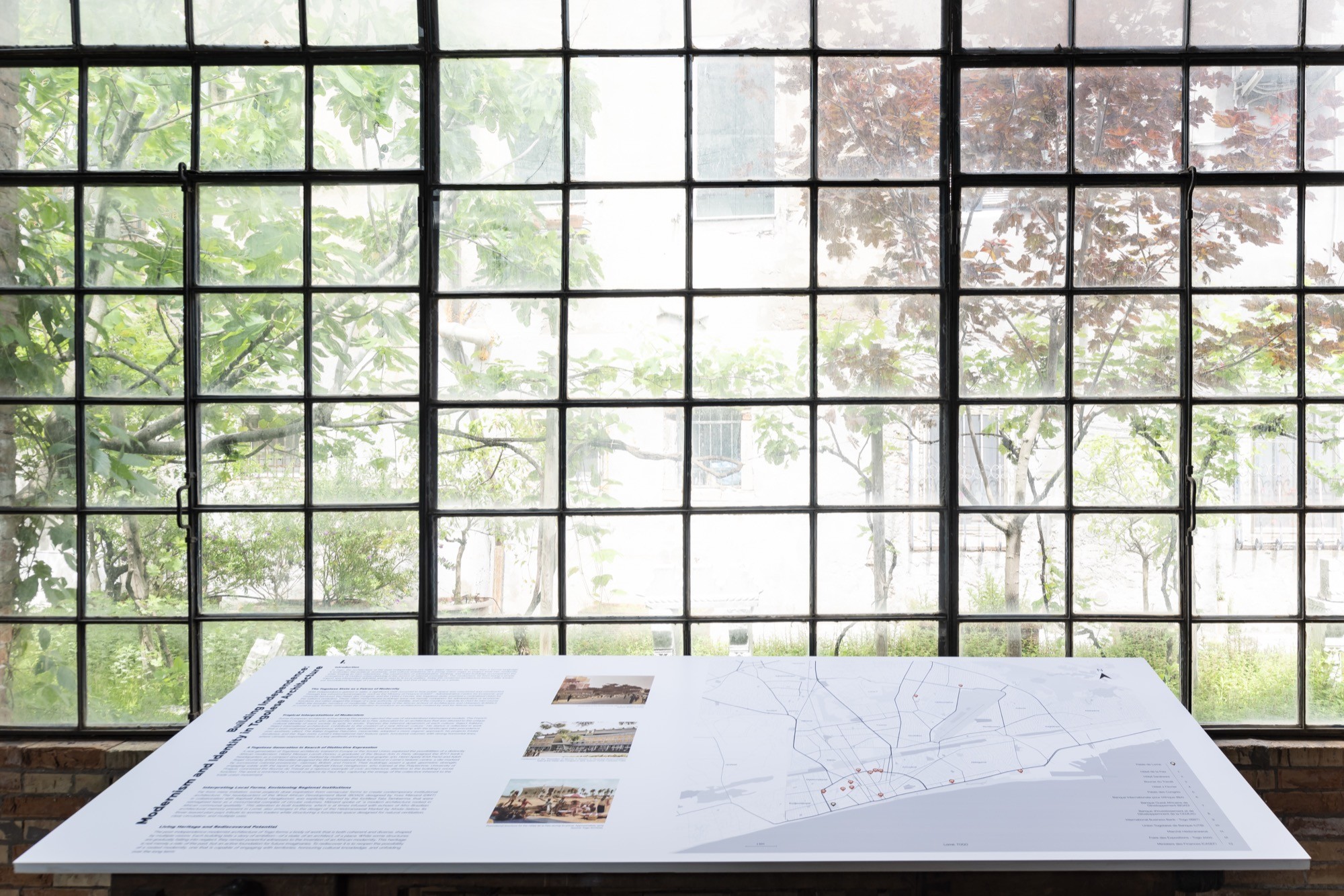
©
Matteo Losurdo
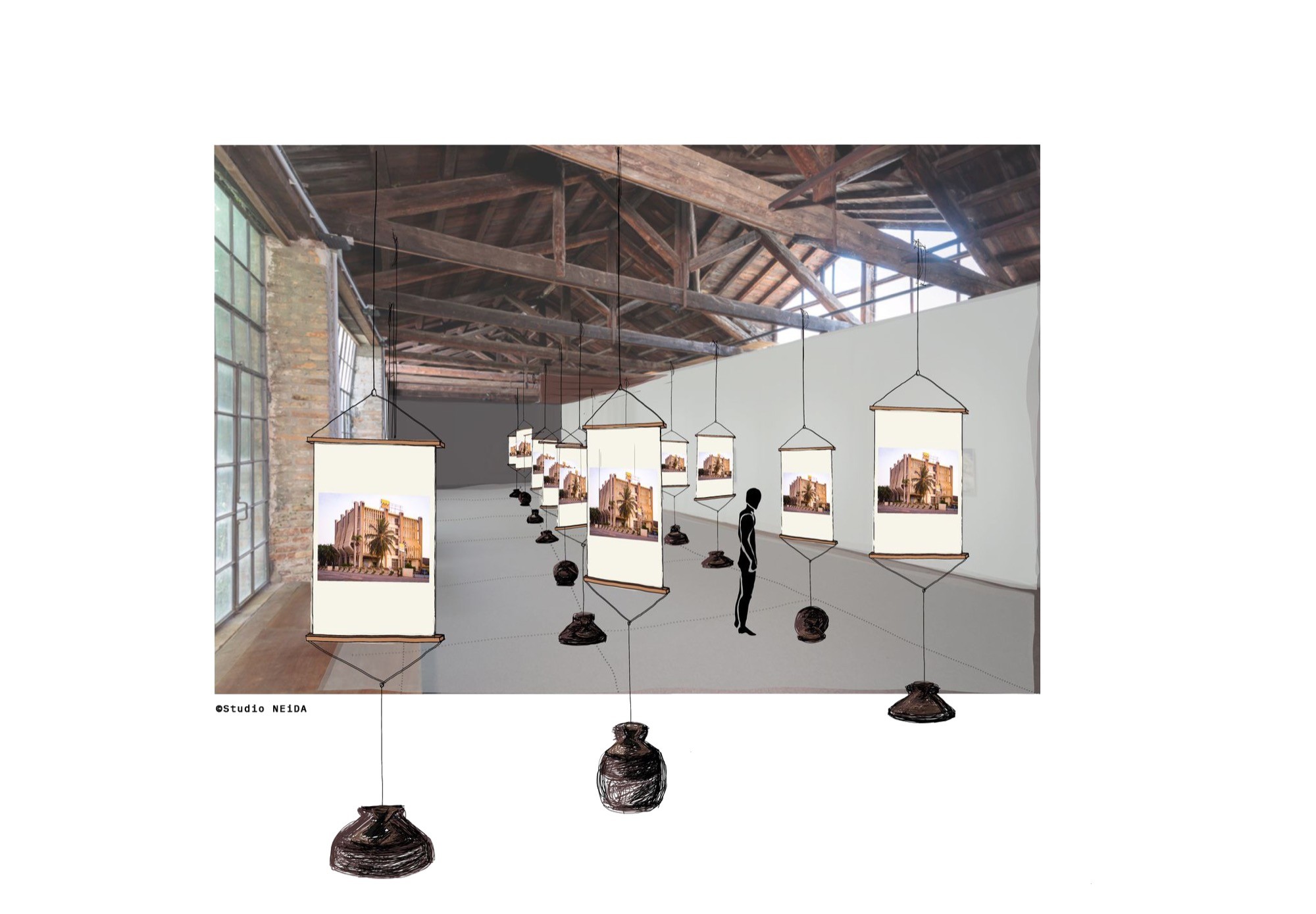
©
StudioNEiDA

©
Hezdranawoe / Jeanne Autran-Edorh of Studio NEiDA

©
Hotel de la Paix / Wody Yawo
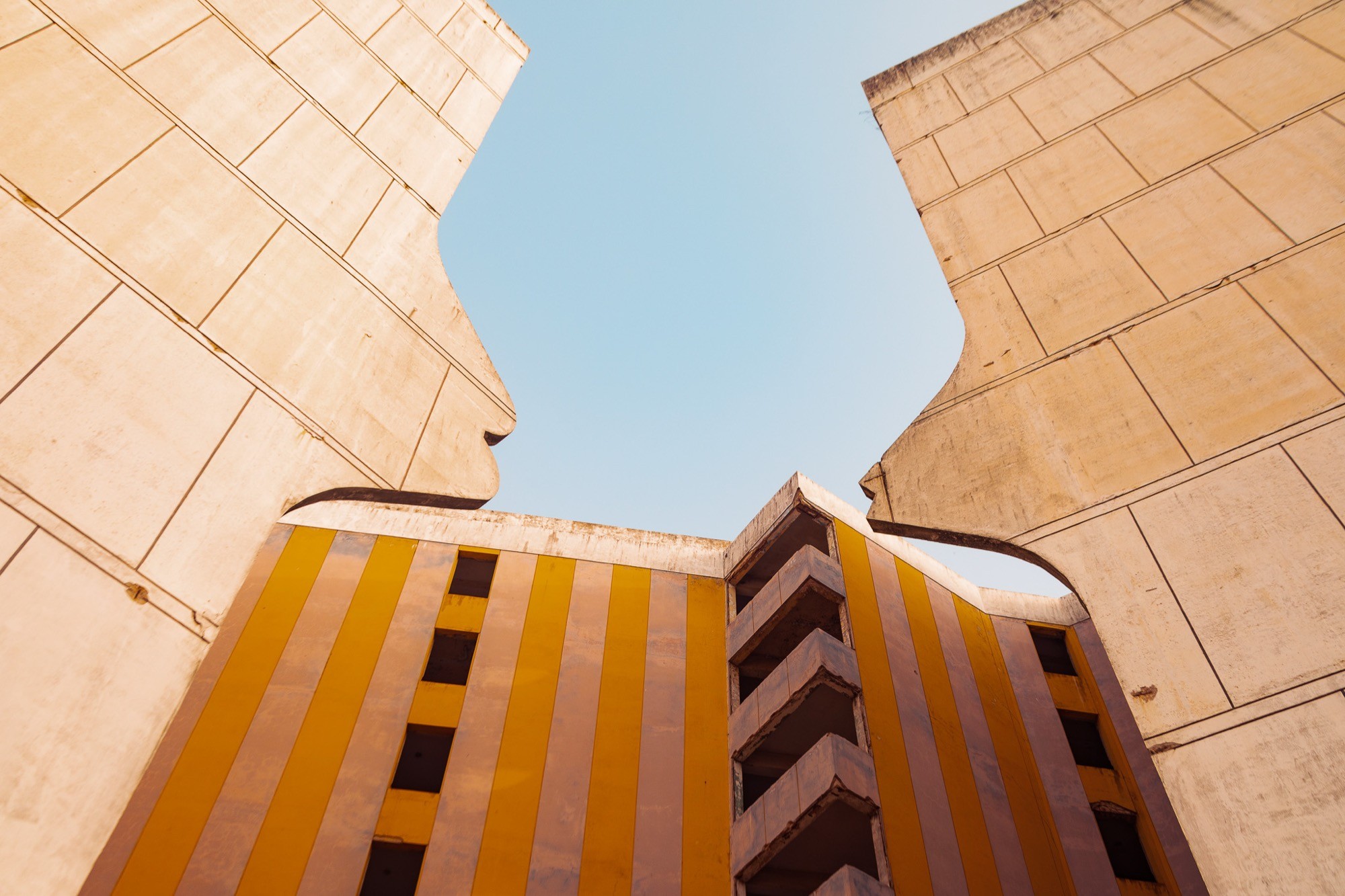
©
Hotel de la Paix / Wody Yawo
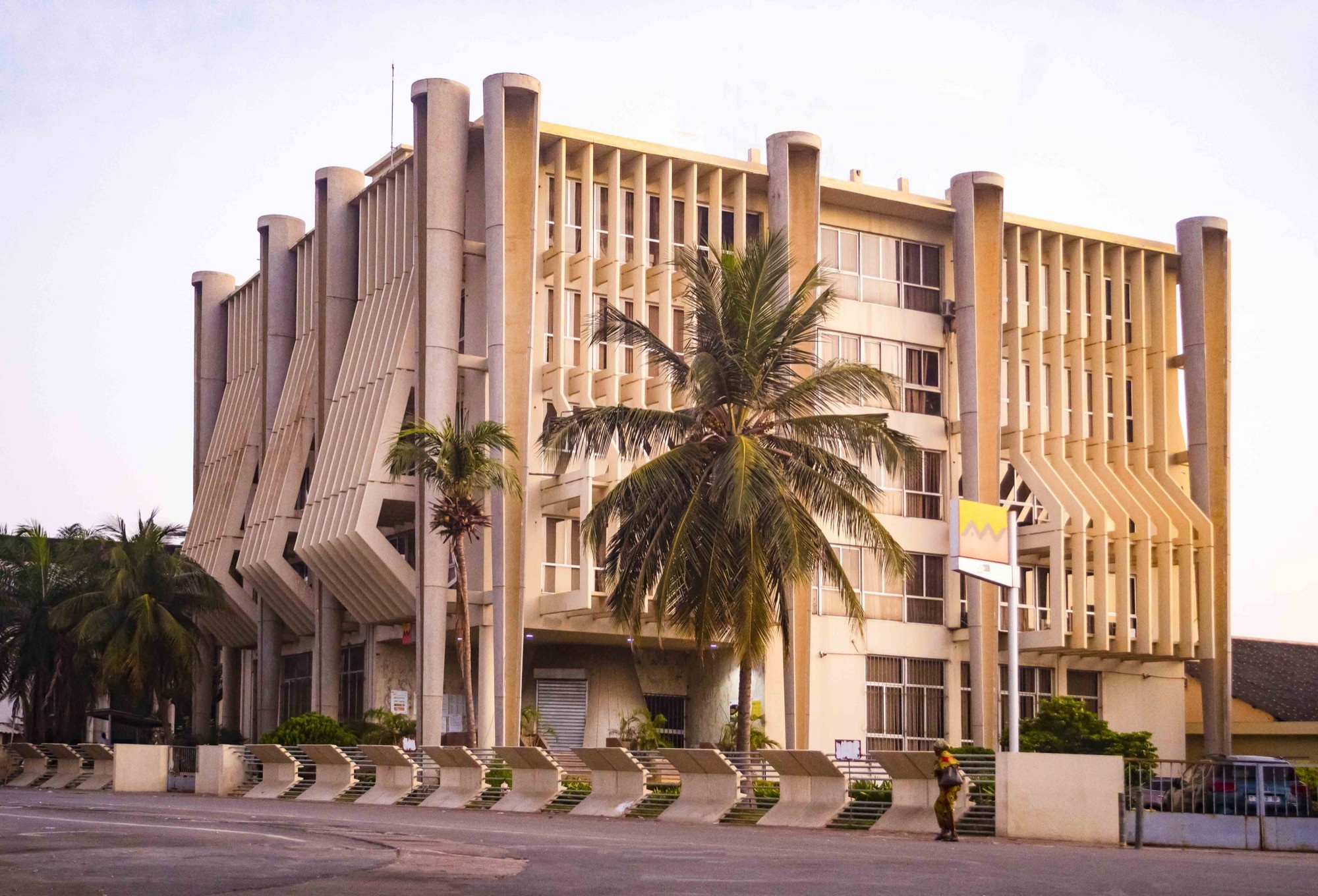
©
BIA Bank / Wody Yawo

©
BOAD Bank / Wody Yawo
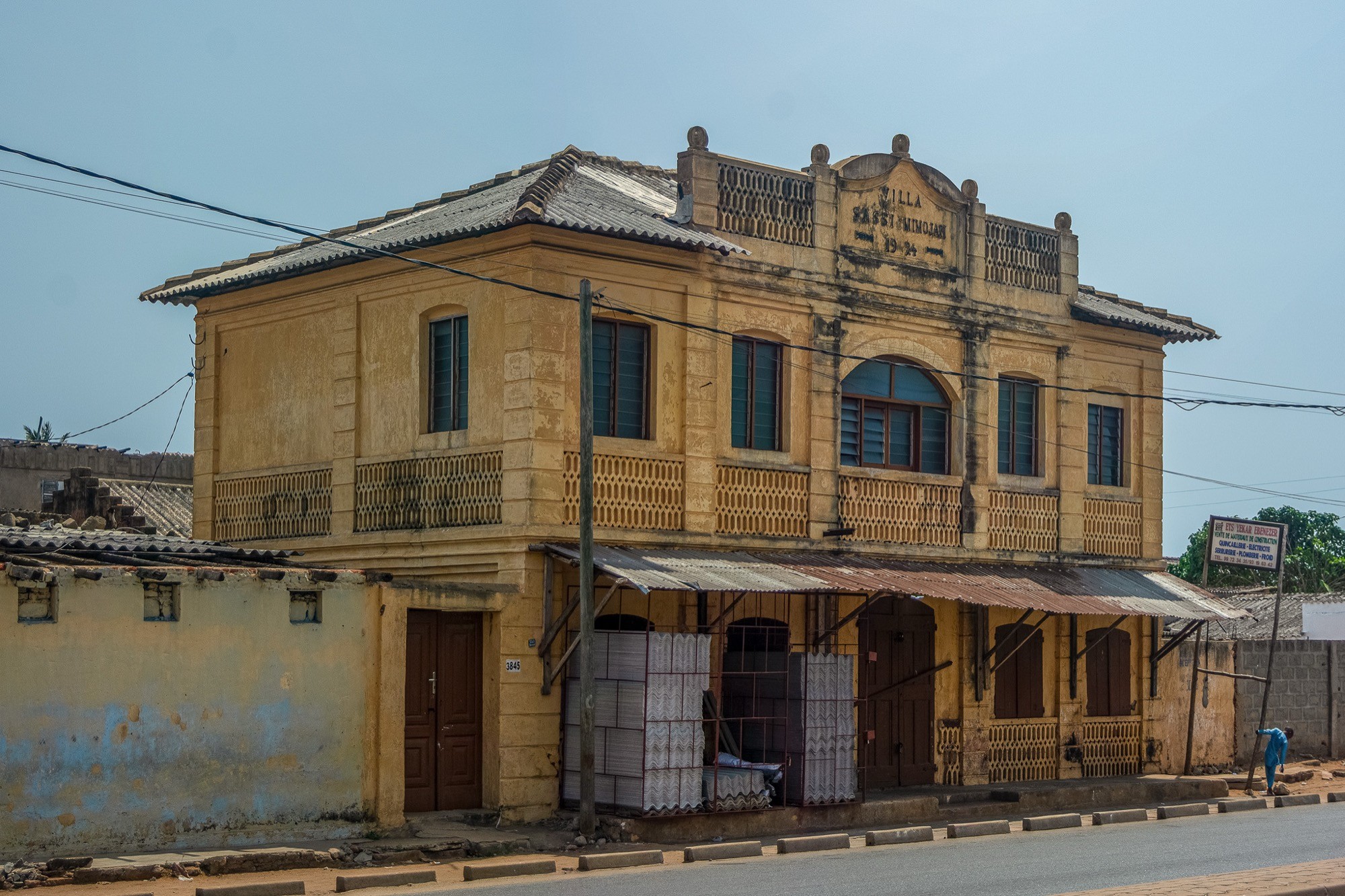
©
Afrobrazilian / Edem Tamakloe
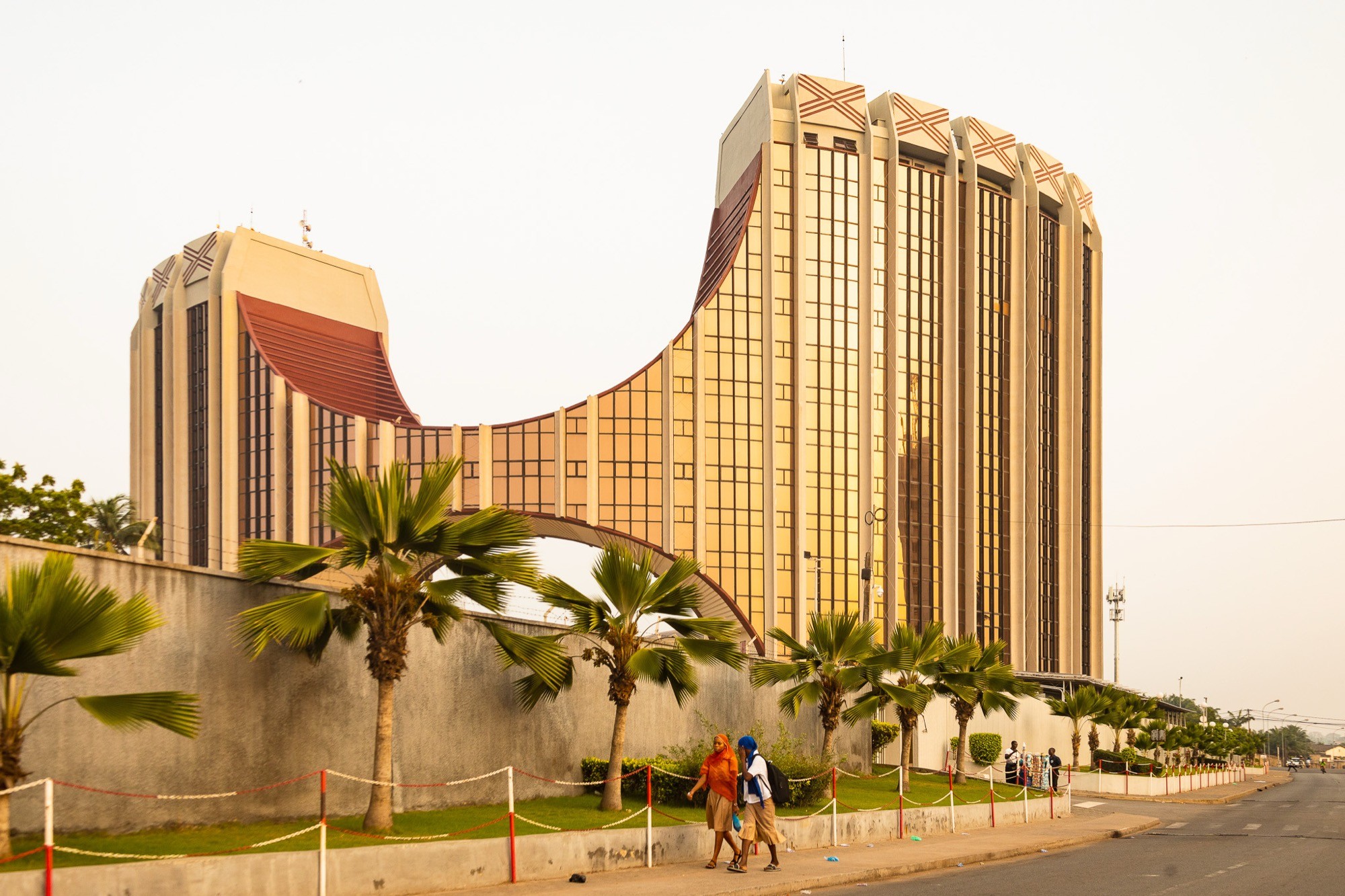
©
CEDEAO Bank / Wody Yawo

©
Hezdranawoe / Jeanne Autran-Edorh of Studio NEiDA

©
Tambermas / Nicolas Robert
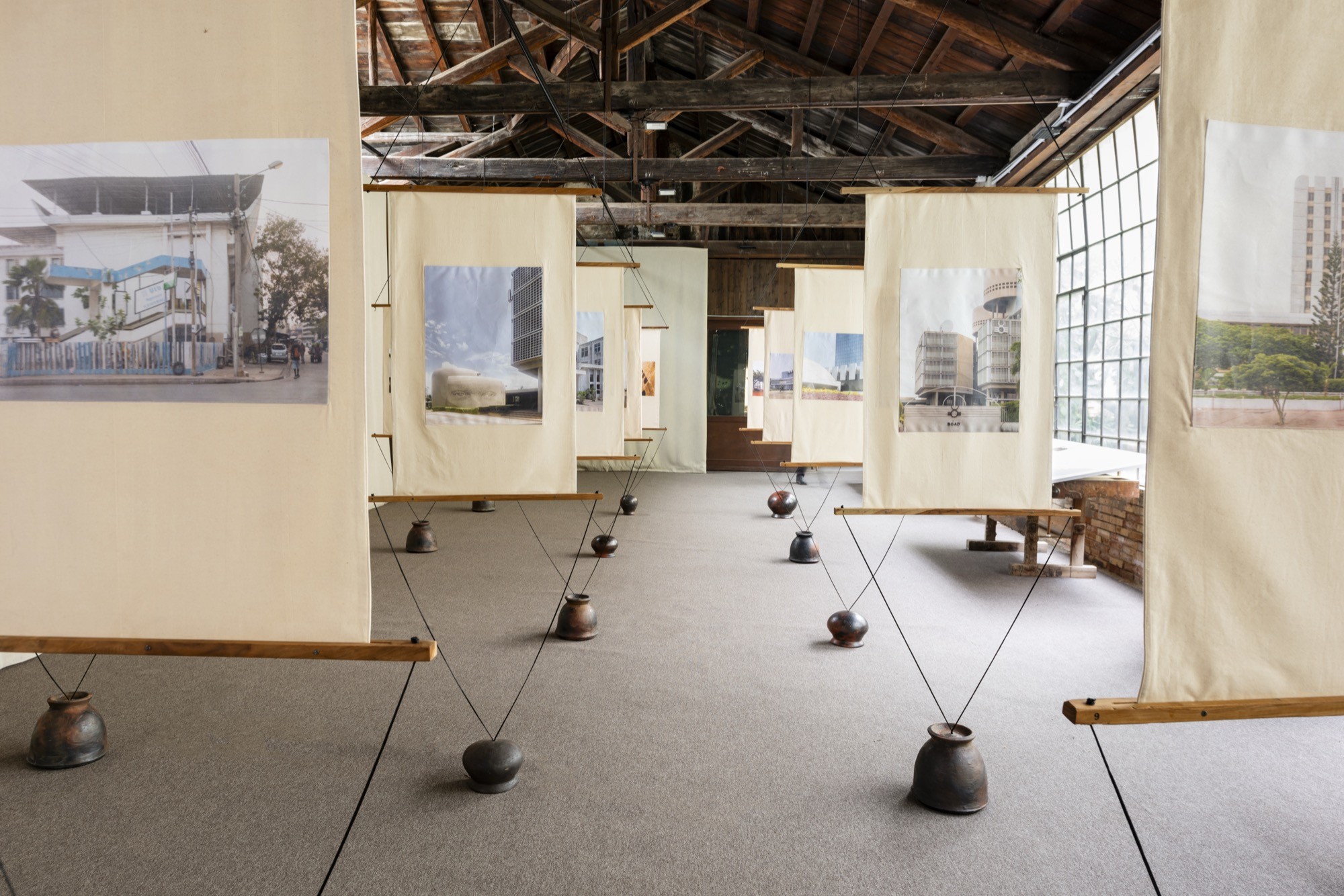
Comments
(0)